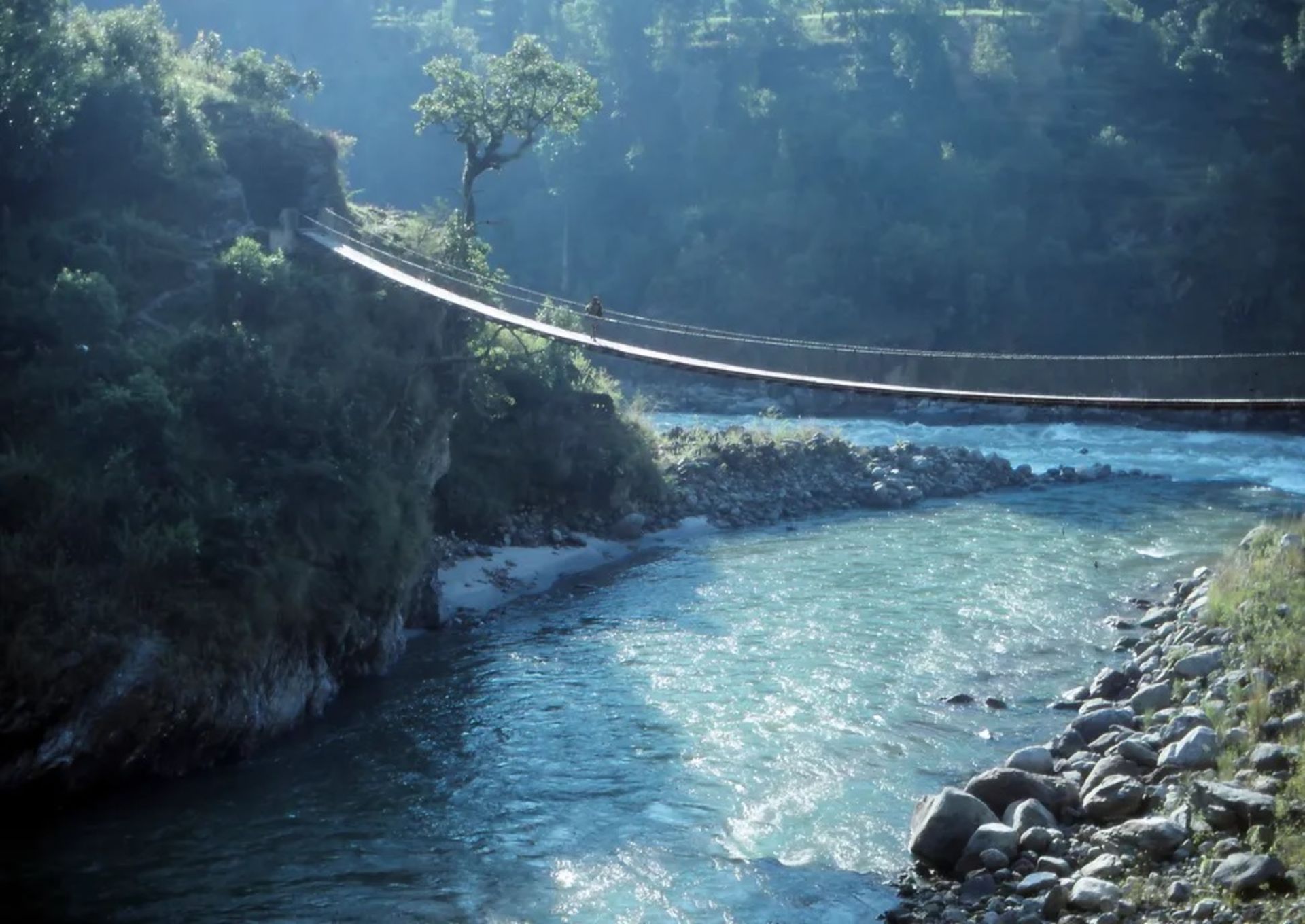
How did Everest become the highest mountain in the world with a difference of more than 200 meters from the next two highest peaks? Geologists say the mountain owes part of its extra height to two ancient rivers that flowed through the Himalayas and merged years ago. The erosion from the new river washed away so much rock and soil that Everest moved up to 50 meters higher.
Matt Fox, a geologist at University College London and one of the authors of a new paper that examines the mystery of Everest’s height, says that the outer crust of the Earth responds to the removal of mass by gradually rising, and this is what caused the height of Everest to rise.
Rivers cause erosion, but the effects they have on the land can be unexpected. About 89,000 years ago, a powerful river combined with another river became more erosive. This merging washed away more of the Himalayan land, and the enormous weight of the crust separated the layer of land we live on.
Mountains may seem static, but they are always moving
At over eight kilometers or 8,848 meters high, Mount Everest is the tallest mountain on Earth and still growing. At almost 250 meters higher than the second highest peak in the Himalayas, it is unusually tall even for this mountain range. The next three highest peaks differ by only about 120 meters in height.
The large height difference between Everest and other mountains can be partially explained by the uplift force caused by the pressure under the Earth’s crust. The underground pressure began after the erosion of a large amount of rock and river soil, which is a geological phenomenon called isostatic reaction. Revival occurs when a part of the Earth’s crust that loses mass bends and floats upward due to the intense pressure of the liquid mantle beneath it. The upward pressure is greater than the downward gravitational force after the shell loses mass.
Isostatic rebound is a gradual process, moving only a few millimeters per year, but it can significantly affect the Earth’s surface over time.
Isostatic reaction has contributed to the growth of Mount Everest
The lightweight crust was able to float more easily above the lower layer, the mantle, adding 15 to 50 meters of height to Everest, the study says.
Jinzhen Dai“Although mountains may seem static in terms of human life, they are in fact constantly moving,” said a geologist at Beijing University of Geosciences, China, and author of the paper. Although the paper can only explain part of Everest’s extra height, scientists see it as a step toward calculating how the mountain grew to its current height.
The formation of Mount Everest began about 45 million years ago when the Indian tectonic plate collided with the Eurasian plate. This collision caused a part of the earth’s crust to bend and fold on a huge scale, creating the Himalayas.

Shutterstock
Although the Earth’s crust appears solid, it is not. When something massive, like an ice sheet or mountain range, weighs down the crust, it bends down; But the lower mantle is buoyant and pushes the overhanging crust upward.
When the crust neither rises nor sinks, it is in isostatic equilibrium, and Everest must be in that state. As the Indian tectonic plate moves down, it adds new material to the Himalayas, causing the mountains to grow. At the same time, rain, snow, and glaciers wash the surface of the mountain, removing rocks and materials.
The forces of material addition from below and erosion from above must cancel each other out, meaning that Everest does not grow or shrink; But the fact that Everest keeps getting taller suggests that something is upsetting this balance. One possible reason is the erosive river that stripped the surrounding land of material that weighed down the mountain, allowing Everest to rise higher.
read more
In the shadow of Everest is the Aron River, which, like this peak, is more distinct from the surrounding rivers. The Arun takes an unusual course, first flowing along the northern Himalayas and then twisting and turning over the ridge near Everest. This shows that the upper and lower parts of the river were not always connected and that some important event caused the connection.
By simulating the rivers of the region in computer simulations, the researchers found that about 89,000 years ago, another river network gradually eroded and opened its way towards the Himalayas until it finally connected to the Arun River. When these two rivers joined, the first river took the flow of water from Arun and made it part of its network.
The Himalayas could not cope with the erosion power of the river and the crust on top of it was pushed towards the sky by the floating mantle sea, various peaks rose and Everest gained up to 50 meters of additional height.
The tallest mountain on Earth is still growing, growing by the width of a spaghetti strand every year. A combination of factors, including crustal rebound, explains Everest’s height. But Everest’s growth spurt probably won’t last forever. The balance may tip the other way and reduce the height of Everest. Like all mountain ranges, the Himalayas will go up and down.
The findings of the study have been published in the journal Nature Geoscience.









